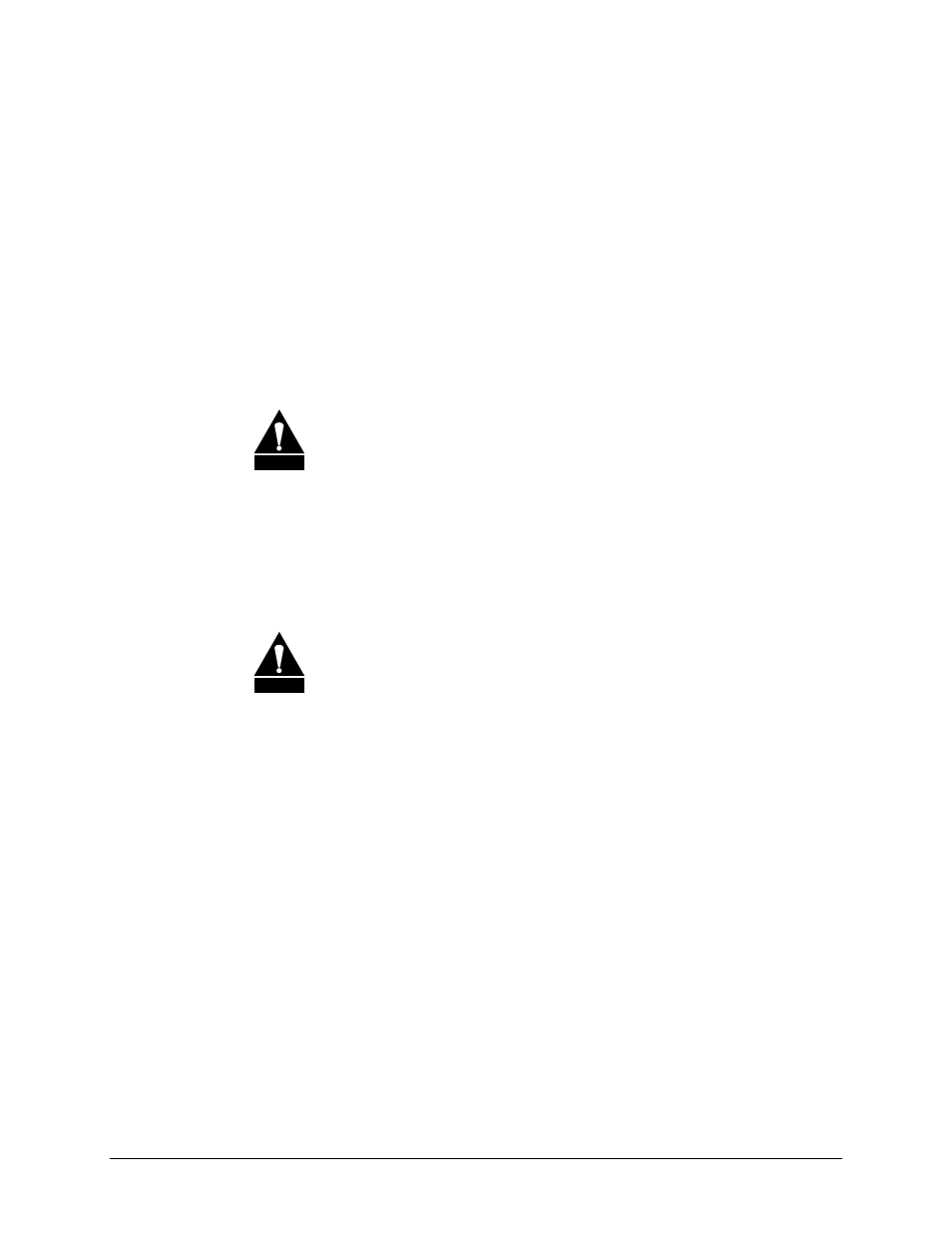Comtech EF Data SDM-300A User Manual
Page 246

SDM-300A
Satellite
Modem Revision
6
Forward Error Correction (Options)
MN/SDM300A.IOM
9–10
The second problem inherent in PSK demodulators is that of ‘data false locking’.
In order to accomplish the task of carrier recovery, the demodulator must use a non-linear
process. A second-order non-linearity is used for BPSK, and a fourth-order non-linearity
is used for QPSK. When data at a certain symbol rate is used to modulate the carrier, the
demodulator can lock at incorrect frequencies, spaced at intervals of one-quarter of the
symbol rate away from the carrier. Fortunately, when FEC decoding is used, the decoder
synchronization state can be used to verify the correct lock point has been achieved, and
to reject the false locks
.
However, if uncoded operation is used, there is no way to recognize a data false lock. The
demodulator will indicate that it is correctly locked, but the data out will not be correct.
CAUTION
Comtech EF Data strongly cautions users when using uncoded operation.
If the acquisition sweep width exceeds one quarter of the symbol rate,
there is a very high probability that the demodulator will false lock.
As an example, if 64 kbps QPSK uncoded is used, the symbol rate will be half of this
rate, or 32 ksymbols/second. One quarter of this equals 8 kHz. Therefore, the absolute
maximum acquisition sweep range, which should be considered, is
± 8 kHz. If there is
any frequency uncertainty on the incoming carrier, this should be subtracted from the
sweep width. The problem becomes progressively better with increasing symbol rate.
CAUTION
Comtech EF Data is not responsible for incorrect operation if
the user does not adhere to these guidelines when using uncoded
operation.
.
